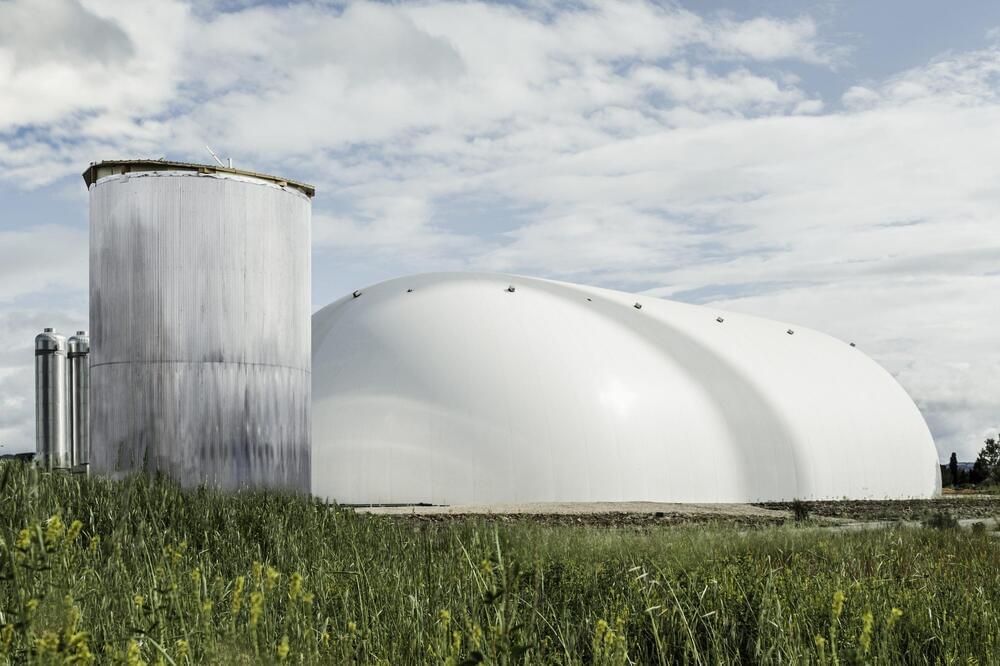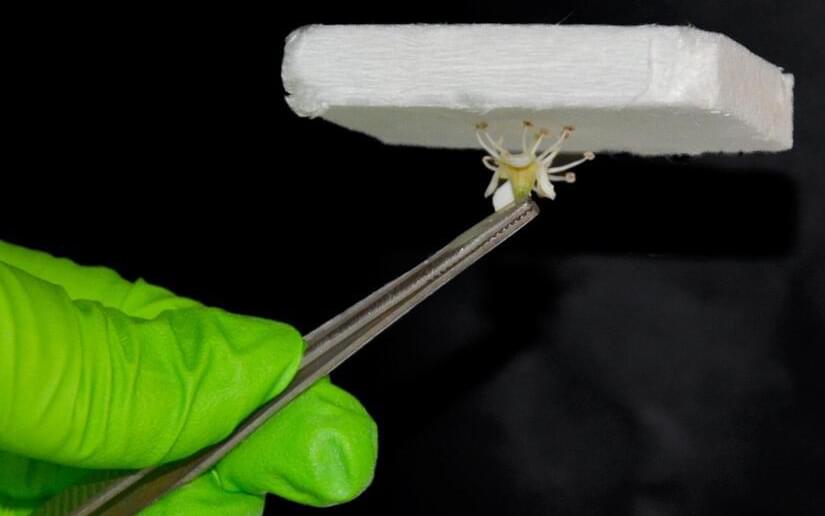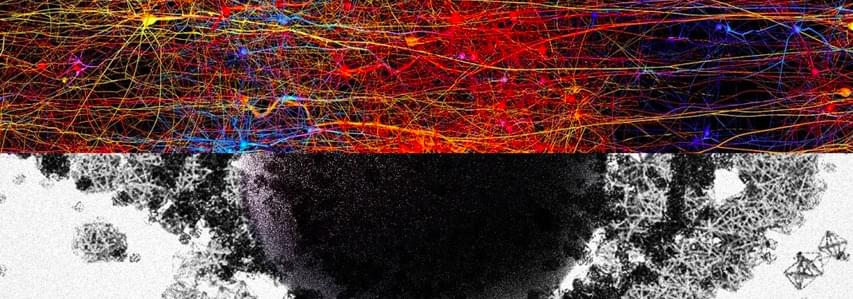Jun 9, 2022
Energy Dome launches world’s first CO2 battery for long-duration energy storage
Posted by Genevieve Klien in categories: energy, sustainability
Italian company Energy Dome has announced the successful launch of its first CO2 Battery facility in Sardinia, Italy. The milestone marks the final de-risking of the CO2 Battery technology as Energy Dome enters the commercial scaling phase, becoming the first commercial long-duration energy storage technology on the market offering a reliable alternative to fossil fuels for dispatchable baseload power globally.
The Energy Dome CO2 battery uses carbon dioxide to store renewable energy, such as solar and wind energy, over a long period and release it quickly. Energy Dome says the technology can be quickly deployed anywhere in the world at less than half the cost of similar-sized lithium battery storage facilities.
Continue reading “Energy Dome launches world’s first CO2 battery for long-duration energy storage” »

















